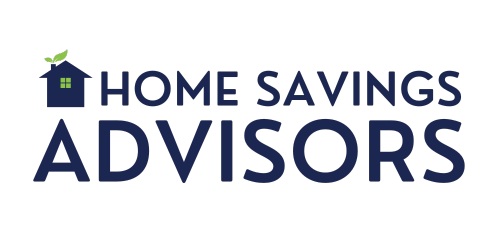Your mortgage is one of your biggest financial commitments—but it doesn’t have to be set in stone. Refinancing your mortgage can help you lower your monthly payments, reduce your interest rate, or access cash for home improvements and other expenses. The right refinancing strategy could save you thousands over the life of your loan.
What Is Mortgage Refinancing?
Refinancing replaces your existing home loan with a new one, often with better terms. Homeowners refinance to:
✔ Lower Monthly Payments – A lower interest rate can mean smaller monthly payments.
✔ Shorten Loan Term – Pay off your mortgage faster and save on interest.
✔ Switch from Adjustable-Rate to Fixed-Rate – Lock in a stable, predictable interest rate.
✔ Tap into Home Equity – Convert a portion of your home’s value into cash for renovations, debt consolidation, or emergencies.
✔ Remove Private Mortgage Insurance (PMI) – If your home has increased in value, refinancing could eliminate costly PMI.
How Much Can You Save?
Savings depend on your current interest rate, loan balance, and credit score. Here’s an example:
💰 Original Loan: $250,000 at 6.5% interest = $1,580/month
💰 Refinanced Loan: $250,000 at 4.5% interest = $1,266/month
💰 Savings: $314/month ($3,768 per year)
Over a 30-year mortgage, this could add up to over $100,000 in savings just by refinancing at a lower rate!
Types of Mortgage Refinancing
🏡 Rate-and-Term Refinance – Adjusts your interest rate or loan term without borrowing extra money. Ideal for securing a lower monthly payment or paying off your loan faster.
💵 Cash-Out Refinance – Allows you to borrow against your home’s equity, replacing your existing loan with a larger one and receiving the difference in cash. Great for funding home renovations or consolidating debt.
🔁 Cash-In Refinance – Pay down a portion of your mortgage balance to qualify for a lower interest rate or eliminate PMI.
🚪 Streamline Refinance – Available for FHA, VA, and USDA loans, this fast-tracked option has minimal paperwork and lower fees for eligible homeowners.
Is Now a Good Time to Refinance?
Refinancing is most beneficial when:
✅ Interest rates drop at least 1% below your current rate.
✅ You plan to stay in your home for several years, allowing time to recoup closing costs.
✅ Your credit score has improved, qualifying you for better rates.
✅ Your home value has increased, giving you access to more equity.
What Are the Costs of Refinancing?
While refinancing can save money, there are upfront costs to consider, such as:
📑 Closing Costs – Typically 2-5% of the loan amount (can be rolled into the loan in some cases).
🏦 Appraisal Fees – To determine your home’s current value (average cost: $300-$500).
💼 Loan Origination Fees – Charged by the lender to process your new loan.
💡 Tip: Calculate your break-even point—how long it will take for your monthly savings to offset the upfront costs of refinancing.
How to Get the Best Refinancing Deal
✔ Compare Lenders – Interest rates and fees vary, so shop around for the best offer.
✔ Check Your Credit Score – Higher scores get better rates. If needed, pay down debt before applying.
✔ Understand Loan Terms – Ensure the new mortgage aligns with your long-term financial goals.
✔ Ask About No-Closing-Cost Options – Some lenders roll fees into the loan for lower upfront costs.
Take Control of Your Mortgage
Mortgage refinancing is a powerful tool to lower payments, save on interest, and access home equity. Whether you’re looking to reduce financial stress or free up cash for other goals, refinancing could be your smartest move yet.
🔹 Explore your refinancing options today and start saving!




